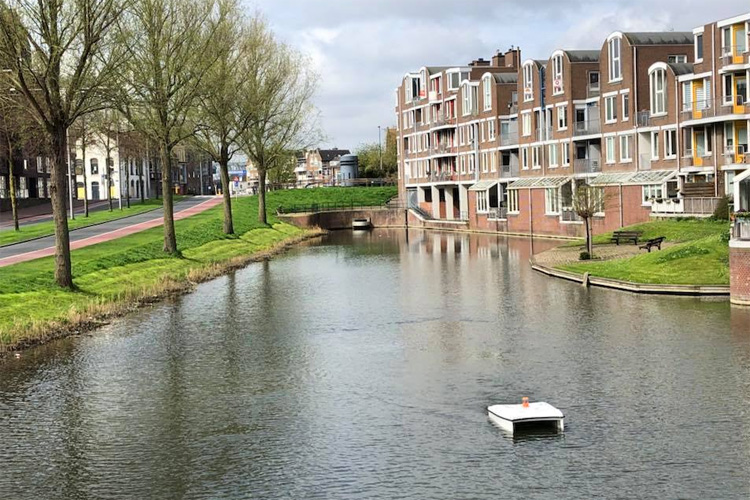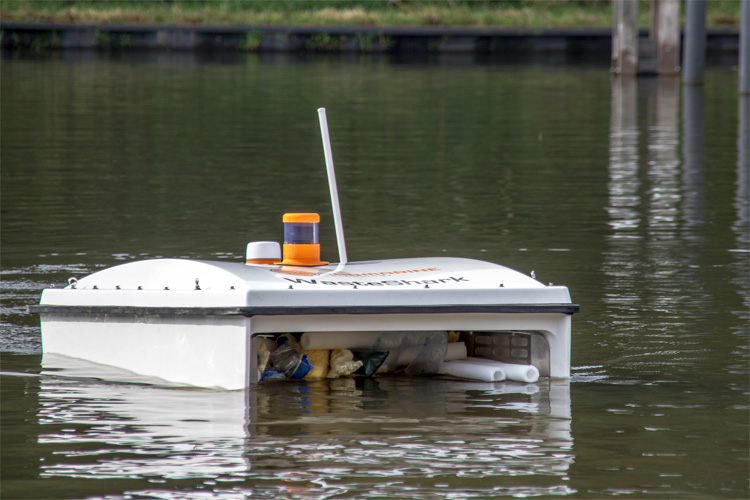Meet the WasteShark, a smart aquatic drone that swims through the water to collect trash out of rivers, ports, and marinas.
The relatively portable device - 1.55 meters long, 1.07 meters wide, and 45 centimeters mm deep - simultaneously scans and collects water quality data.
WasteShark is capable of gathering anything from plastics and vegetation like algae to any other floating debris, and even marine fuels, oils, and other chemicals.
It is particularly effective in the removal of duckweed, a flowering aquatic plant that builds up on top of the water and stops sunlight from coming into the water, and kills marine life underneath.
The technology was created by Dutch company RanMarine Technology and has already received funding from Horizon 2020, the largest research and innovation program ever launched by the European Union.
"I was sitting in Cape Town and having a cup of coffee on the Quayside, and I saw two men coming along in a boat. I watched them go for a patch of garbage, and they started scooping the trash out," explains Richard Hardiman, creator of the WasteShark.
"Initially, I thought this is the way we did it in Africa, so I thought that maybe around the world there are First World solutions to this problem, but I discovered that New York, Los Angeles, and Sydney do it the same way."

An All-Around Performer
The platform was inspired by the whale shark and can be quickly put to work. Its "open mouth" design allows it to drive through waste easily.
The WasteShark runs of a cell battery and has an autonomy of eight hours. It is steered by remote control, and its movements can be tracked via GPS.
According to the developers, WasteShark can collect trash close to one foot under the surface, up to a total of 200 liters of garbage.
It's built-in sensors measure depth, salinity, chemical makeup, pH balance, and temperature of the water.
Because it uses Light Detection And Ranging (Lidar) and ultrasound, the WasteShark is able to prevent collisions with nearby obstacles like boats, docks, and buoys.
